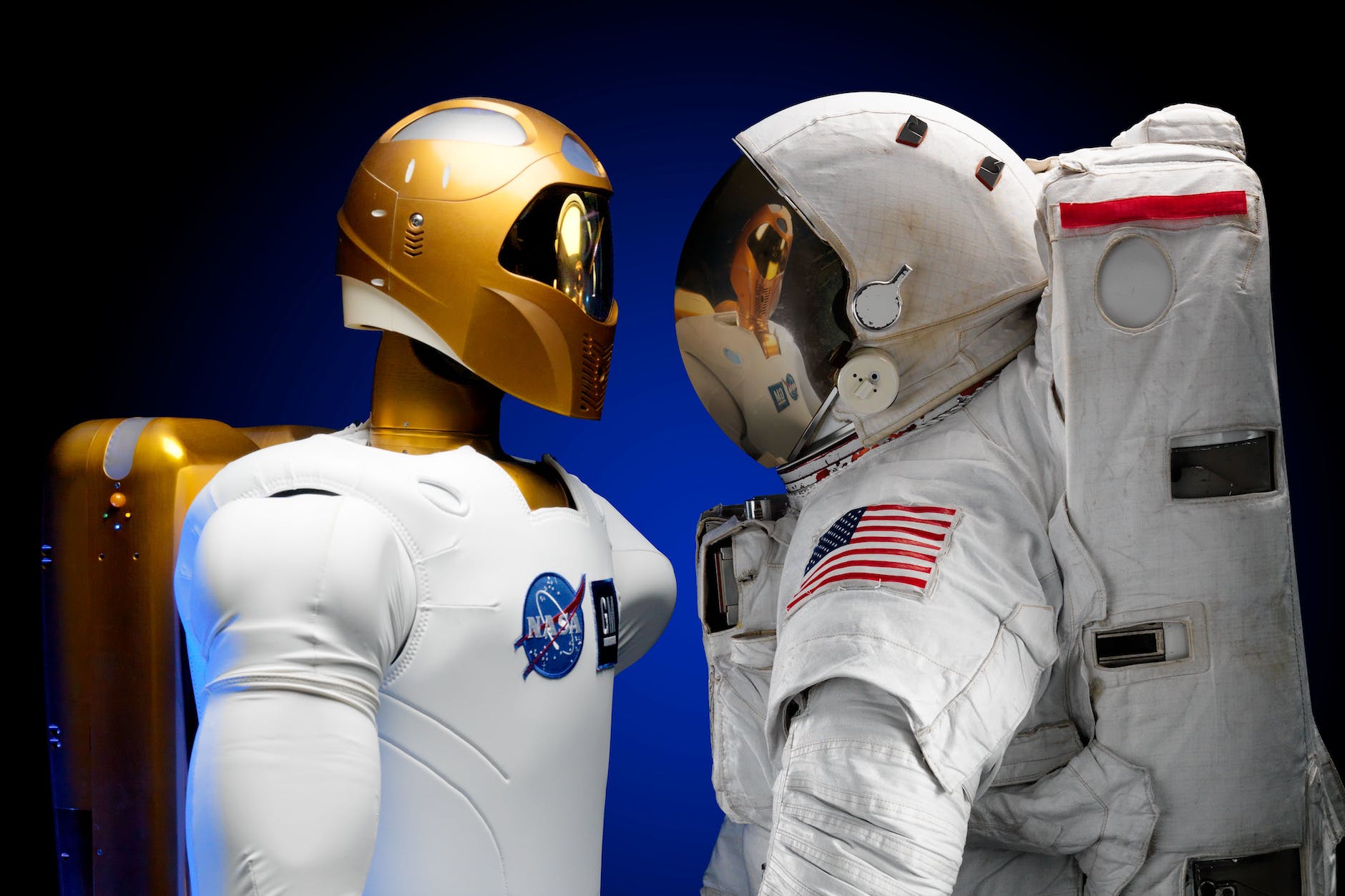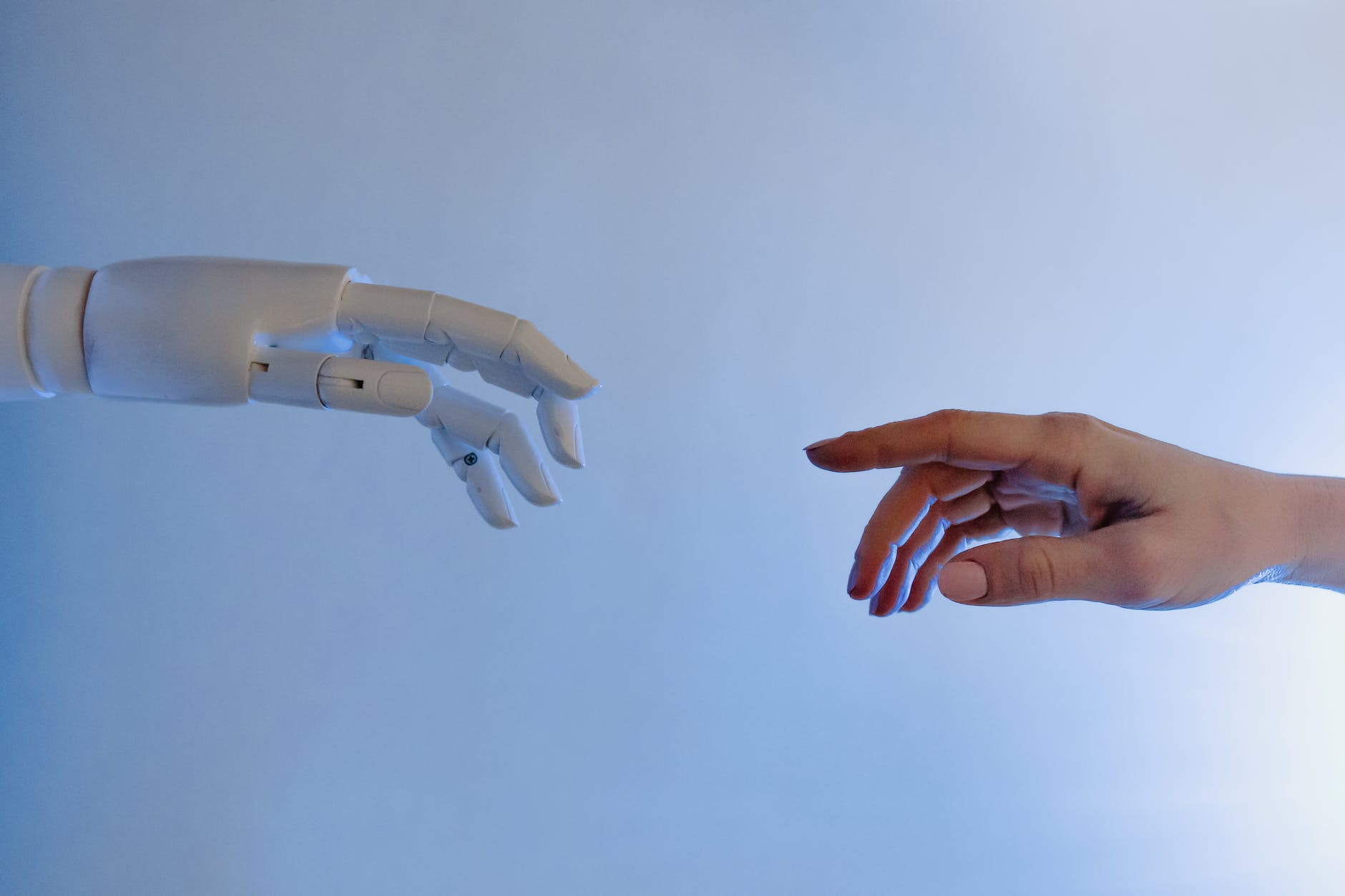Tag: Artificial Intelligence
-

The Birth of AI and the Evolution of Mankind
Artificial Intelligence is coming and there is no stopping it The birth of artificial intelligence (AI) is a story of how mankind was able to harness the power of computers. Today, thanks to this technology, we can use our smartphones as GPS navigators and search engines and even talk to our computers like they’re human beings.…
-

The Art of Artificial Intelligence
How far has AI come? Have you ever wondered what an AI-created recipe would look like? Or read an article about a machine learning algorithm that was able to write its own suspense novel? The world of artificial intelligence has been steadily unfolding over the past few years and there have been some truly fascinating…
